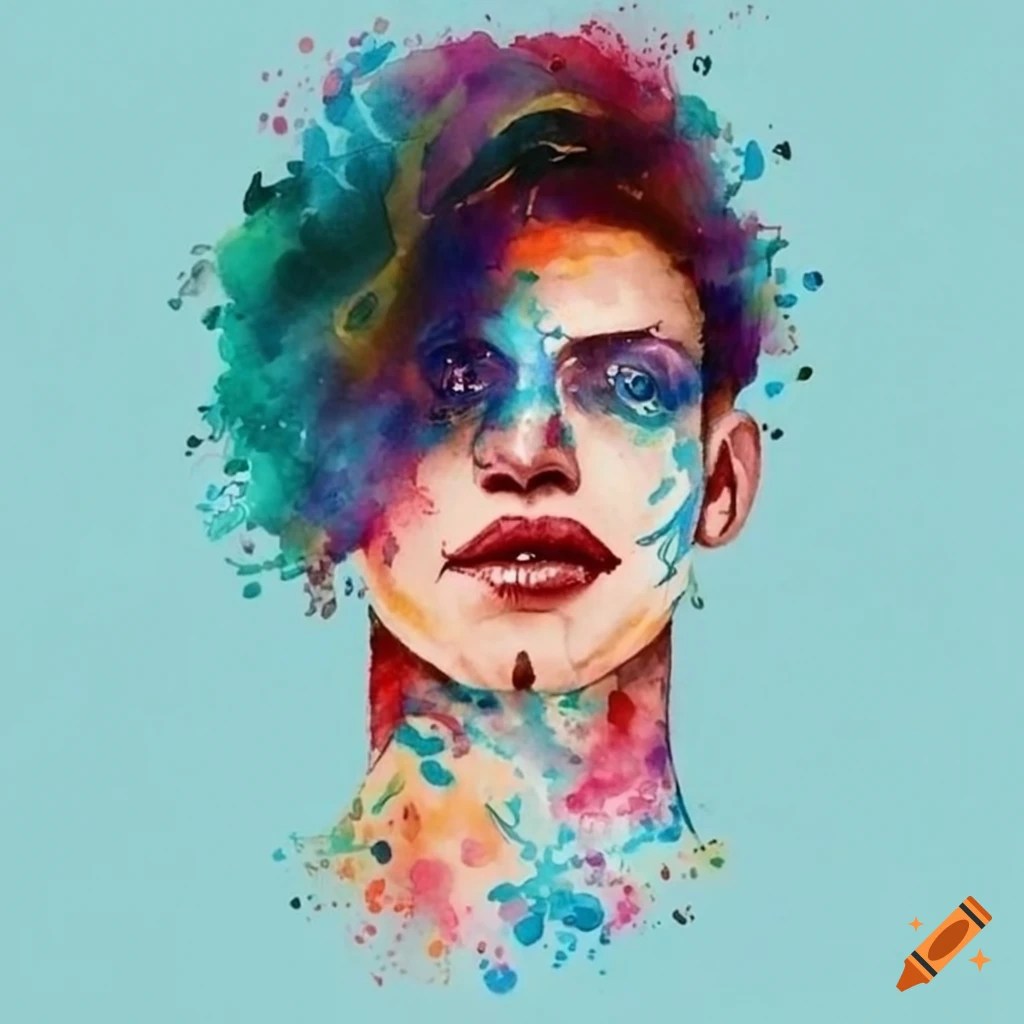Tattoo Stencil How To Use: From Dream to Ink
So you're taking the plunge. You've dreamt about it, sketched on yourself with a Sharpie, maybe even tried (and regretted) a DIY stick-and-poke situation. But now, it's getting real. You're finally getting inked, and honey, that means confronting the mystical world of tattoo stencils.
Now, before you start picturing kindergarten art class with oversized smocks and that weird paste smell, let's get one thing straight. Tattoo stencils are not child's play. They're the blueprint, the roadmap, the architectural plan for your soon-to-be permanent masterpiece. In other words, they're kind of a big deal.
But like any good work of art, there's a process involved. Tattoo stencils aren't just slapped onto your skin willy-nilly (unless you want a wonky dolphin on your ankle for the rest of your life, in which case, proceed with caution). No, my friend, there's an art to the application, a certain je ne sais quoi to ensuring that stencil stays put and translates beautifully onto your skin.
We're talking prepping your skin like it's about to walk a runway, understanding the magical properties of stencil transfer solutions, and maybe even mastering a few strategic hair removal techniques (don't worry, we'll keep it PG). Because let's be honest, a stray eyebrow hair should not be the reason your tattoo artist has an existential crisis mid-session.
So buckle up, buttercup, because we're about to demystify the world of tattoo stencils. From understanding how they're made to mastering the art of aftercare, consider this your ultimate guide to ensuring your dream tattoo becomes a reality. And trust me, you'll want to take notes. This is one lesson you don't want to repeat (literally).
Advantages and Disadvantages of Using Tattoo Stencils
Like most things in life, using tattoo stencils comes with its own set of pros and cons. Understanding these can help you better prepare for your tattoo appointment and have a smoother experience overall.
| Advantages | Disadvantages |
|---|---|
| Provides a clear guide for the artist, ensuring accuracy and precision. | Can limit spontaneity and freehand artistry, especially with highly detailed designs. |
| Allows for adjustments and fine-tuning of the design before the tattooing process begins. | May not perfectly adhere to all skin types or body parts, potentially affecting the final result. |
| Helps the client visualize the final placement, size, and overall look of the tattoo. | Can sometimes feel cold and impersonal, lacking the organic touch of freehand drawing. |
While there are a few drawbacks to using tattoo stencils, the advantages significantly outweigh the disadvantages, making stencils a crucial tool in modern tattooing. It’s important to discuss your preferences and any concerns you have with your tattoo artist to ensure a positive and successful tattoo experience.
Unlocking the power of cool gray paint transform your space
Decoding sherwin williams extra white alternatives
Disrupting dinner the california fall vegetable revolution














